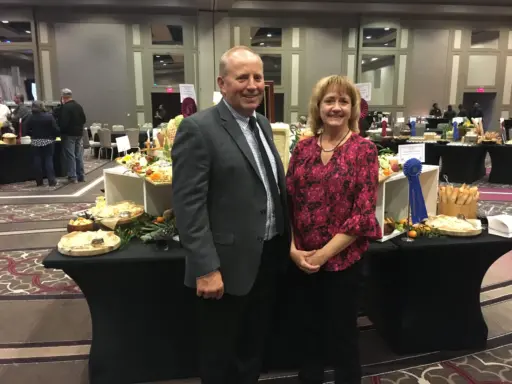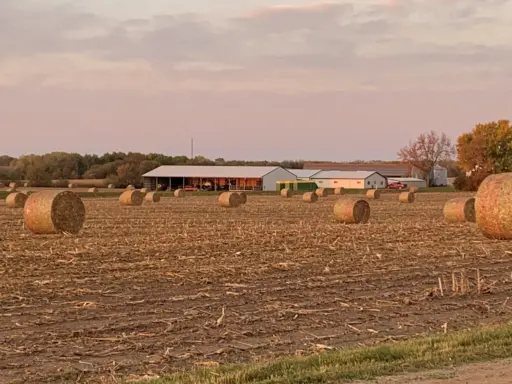The Schlangen family dairy farm near Albany, Minnesota, received the recent announcement of the U.S. dairy community’s new sustainability goals with relative ease. Like most dairy farmers, they’ve been testing and implementing new processes for decades because of their strong commitment to caring for their land and animals, as well as to improving the economics of their operation.
After several challenging years for dairy farmers, the Schlangens believe it is critical that their peers don’t feel like the goals of the Net Zero Initiative (NZI) – improved soil health and water quality/recycling designed to achieve carbon neutrality by the year 2050 – are a burden. Instead, they want to lead by example to show other farmers that many of the current processes being used are likely already working to achieve that very goal.

For many farmers like the Schlangens, it is not very difficult to demonstrate what consumers are demanding more of every day: proof that their food is being sustainably produced. The hardest part is measuring just how efficient some on-farm practices truly are and which ones make the most sense to continue or recommend to others.
To do this, the Schlangens worked with the Headwaters Agriculture Sustainability Partnership (HASP). HASP is a collaboration of several farmers and organizations including Midwest Dairy and Minnesota Milk, who secure grant funding to provide technical and financial assistance for conservation practice changes on the farm. The HASP is committed to helping farmers identify which practices provide the most environmental and economic benefits for their farms and communities.
With the help of funding through a partnership like HASP, or similar programs available through local, state and federal government entities, universities and non-profit organizations, dairy farmers can put a finer point on measuring the return on investment (ROI) for specific processes, helping to show which efforts are truly beneficial. With the help of on-farm pilot programs and other initiatives, the best practices for improving the industry’s economic viability can more easily be identified.

Among the many practices the Schlangens have implemented to help reach the industry’s goals — crop rotation, cover crops, water recycling, improved animal care and comfort tactics to name a few — grid sampling has proven to be one of the most measurable and beneficial in recent years. By routinely testing the soil health throughout their fields, they’re able to apply nutrients only where they’re needed and accomplish three things: save time, eliminate waste and increase yield. And with support from the HASP, they’re able to more closely document what they’re doing, quantify the ROI to showcase the impact and, more importantly, give others the tools to replicate what the Schlangens have achieved. The improvements didn’t necessarily mean more expenses – they’re simply examples of investing a bit more time to find a way to save time and money down the road while making the operation more productive. Ultimately, the NZI has the potential to be a win-win for everyone. It won’t require much more effort from the industry other than finding new ways to help consumers understand how hard the entire supply chain works every day to improve sustainability. And as the number of options at the grocery store increases all the time, with other products touting their benefits, the Schlangens want to help tout dairy’s sustainability and give consumers the confidence they need to fill their carts with dairy.
Read more from Steve Schlangen in this Dairy Star article.